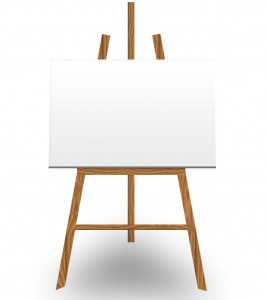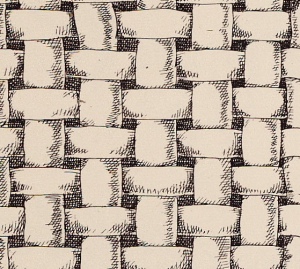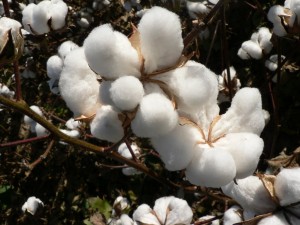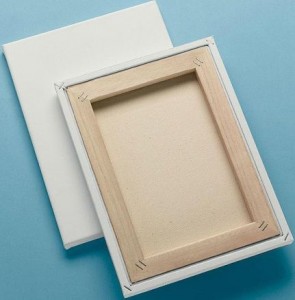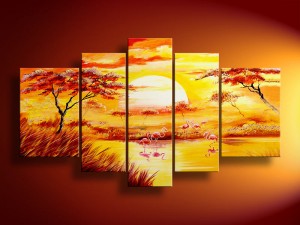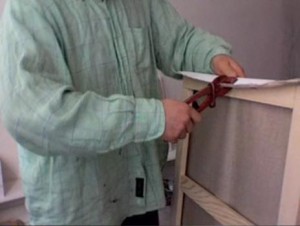The Problems With Paper and Panels: Canvas Is King
If you’re here, there’s a good chance that you’re a person that has spent at least some time in an art supply store, looking at those seemingly endless variations on every kind of creative product imaginable. Peering at those myriad rows of artistic items can be both highly exciting and somewhat daunting; how does one choose what to purchase? Artists have put their mark on pretty much everything in the world, from metal to stone to stranger materials, but there are only a few surfaces out there that are specifically designed to work with and enhance creative materials. Most professional painting surfaces fall into three categories: paper-based surfaces, panels and canvases, and today we’re going to examine each of the three.
The Pains of Paper-Based Surfaces
While paper can create some unique and spectacular effects, it’s fairly easy to see the drawbacks to using it for any permanent work. Paper is great for quick studies or projects that specifically need paper (such as papier-mâché), but almost no paper products are made to last like panels or canvas. Not only that, but even heavier paper-based products can’t take the kind of preparation necessary for many creative processes. Many artists choose to use paper as an indispensable tool for testing their potential creations, and they move on to a more stable, long-lasting surface for their real work.
Panels: Then and Now

It probably comes as no surprise that the canvas was not the original painting surface (see: cave paintings), but did you know that canvas was not always the primary surface for artists even after its invention? At the time, canvases were made of much lower-quality materials, mostly weak hemp, and canvas building/stretching techniques were nowhere near the quality they are today. Because of this, most professional artists painted on wooden panels, a practice still in use today. While the original panels were little more than planks of wood, panels of today are specially created out of everything from wood to masonite and are prepared to be decent painting surfaces. However, modern panels tend to be more expensive than canvas, especially when attempting to procure custom sizes. One only needs to look at history to discover why canvas is a better surface: after centuries of panel-dominance, canvas became the primary surface of artists due to its affordability, its high quality and the fact that it’s far easier to move around.
The Revelations of a Good Canvas
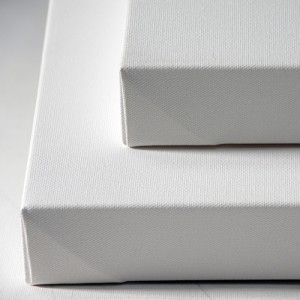
In the end, most artists and experts agree that there’s simply nothing better than an excellent canvas. Of course, not all canvases are created equal; many canvases, such as those glued to cardboard, are cheap and of inferior quality. However, a canvas of high-quality cotton or linen that’s prepared and stretched by an expert is truly a marvel for creators. Of the available surfaces, canvas has the most options for buyers to choose from, including what material it’s made of, what kind of weave it has, what preparation (if any) it features, what size, what weight and on and on. And for those looking to really customize, ordering a canvas to the exact specifications of your project is not only easier and quicker than any other surface, it’s actually much cheaper. Modern canvases such as the ones produced at CanvasLot.com are constantly being refined to better accept materials, last longer and cost less, something which can’t be said for other surfaces.
When it comes to artistic surfaces, we think there’s only one choice, and that’s a beautiful custom stretched canvas. We here at the site have tested every surface imaginable to find the highest-quality product for your creative endeavors, and, after years of research, we’ve concluded that there’s simply nothing better than top-quality canvas stretched and built to custom specifications by experts. Try out custom-stretched canvas, and feel the difference quality makes today.
